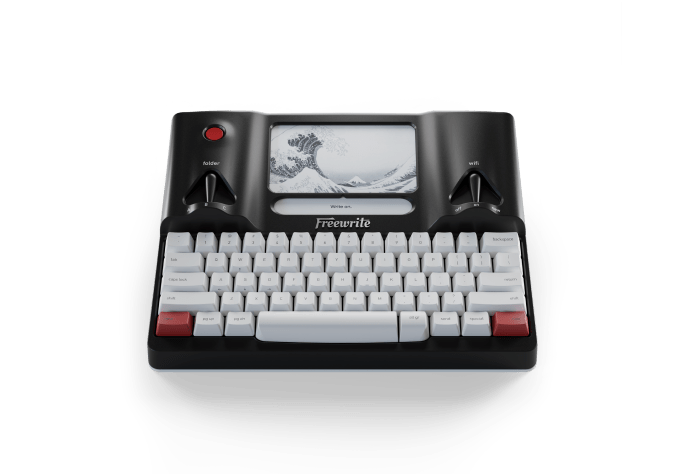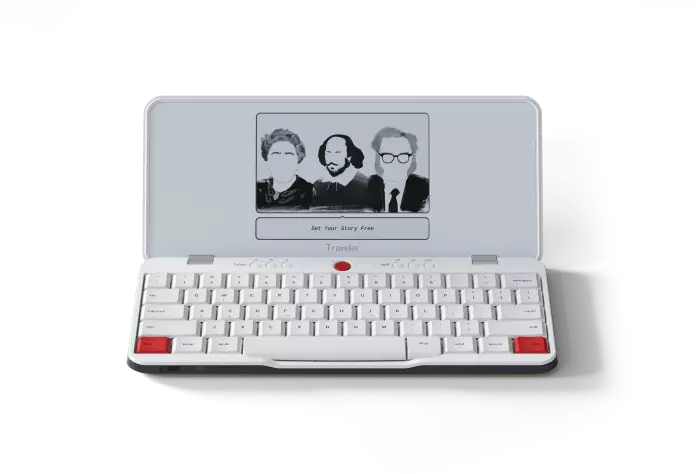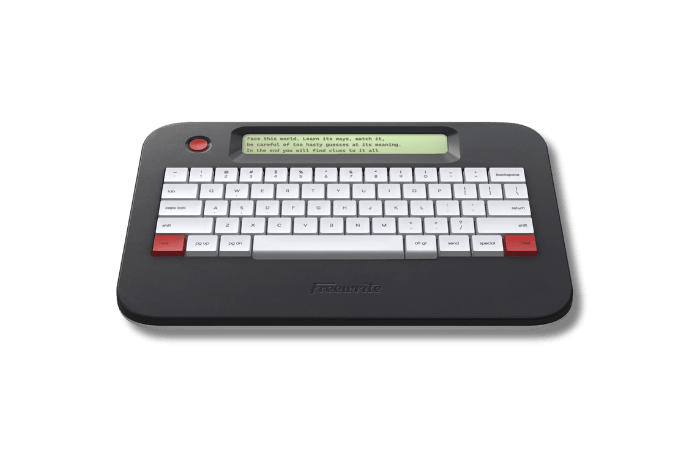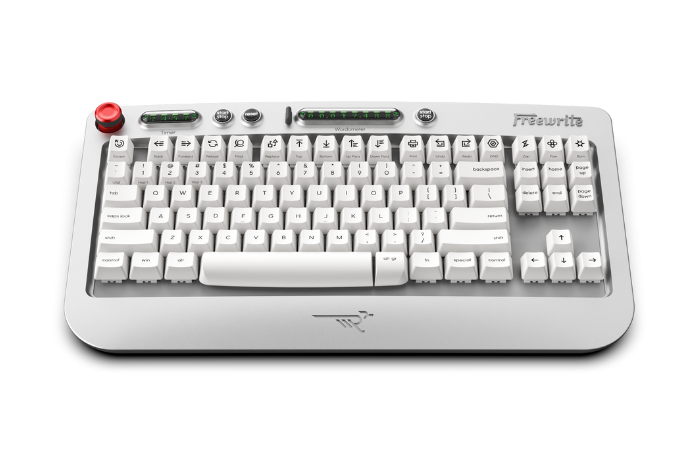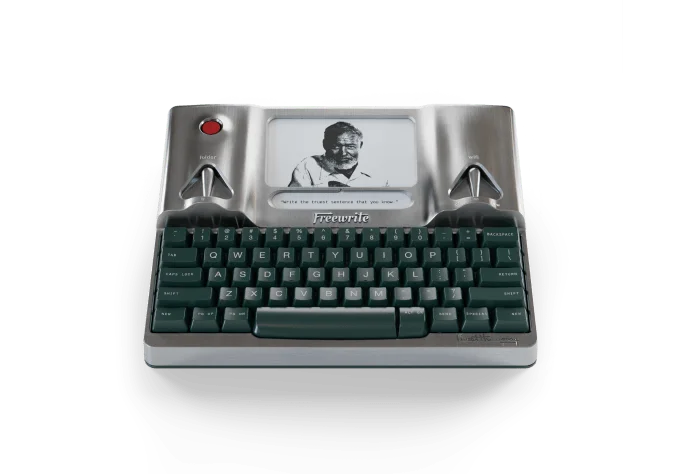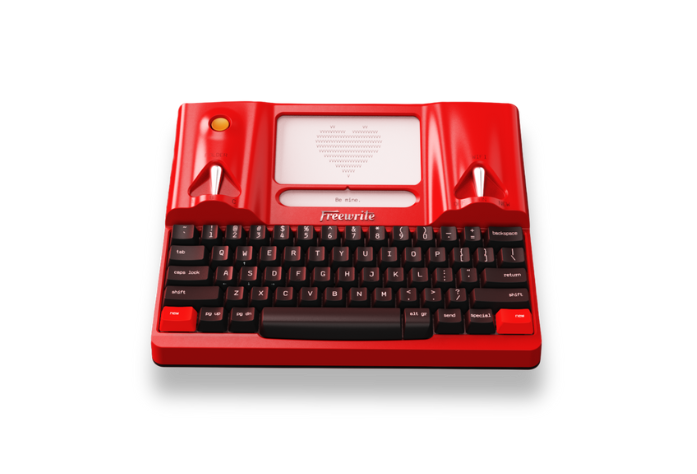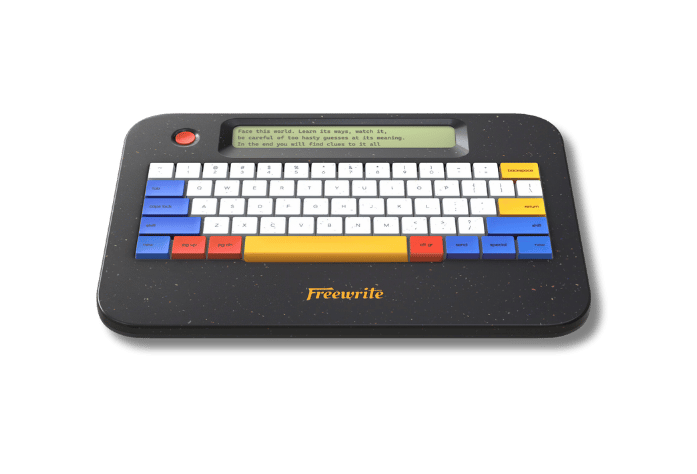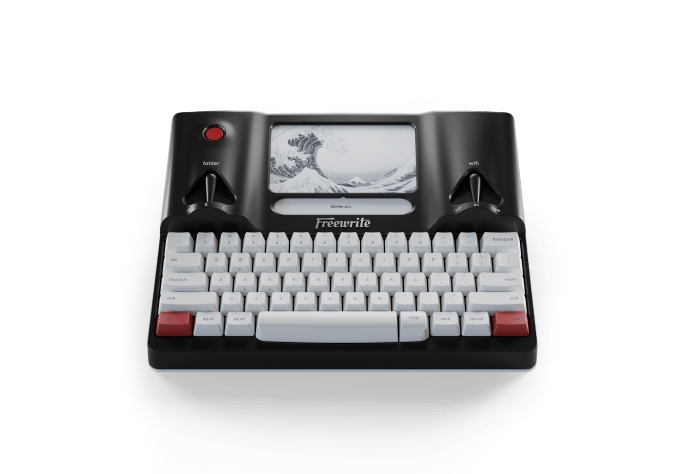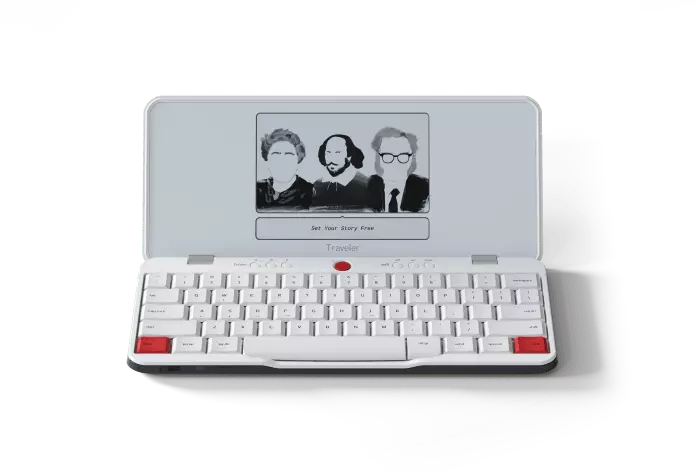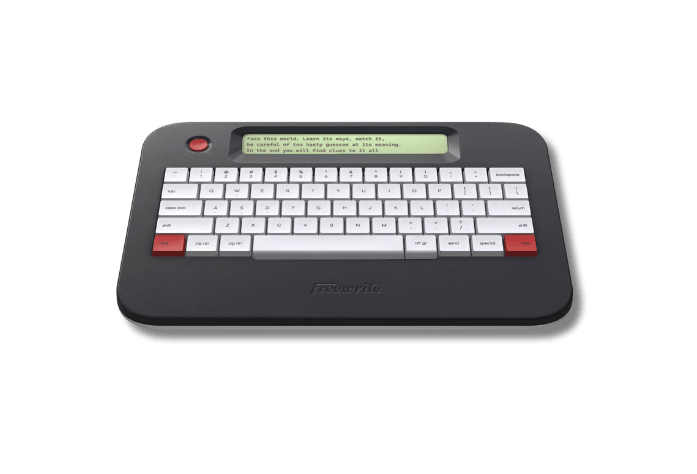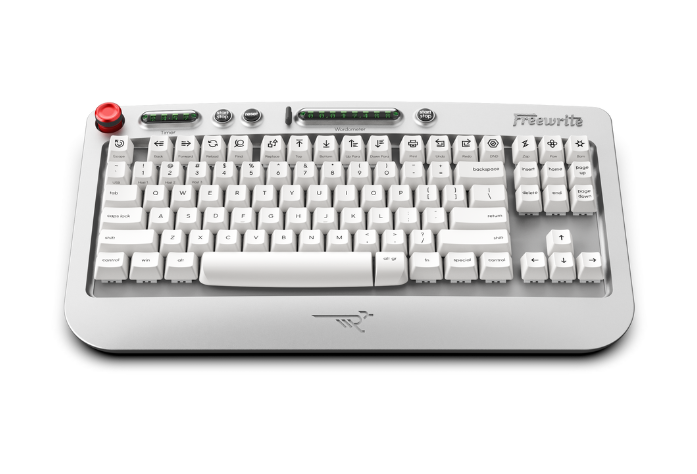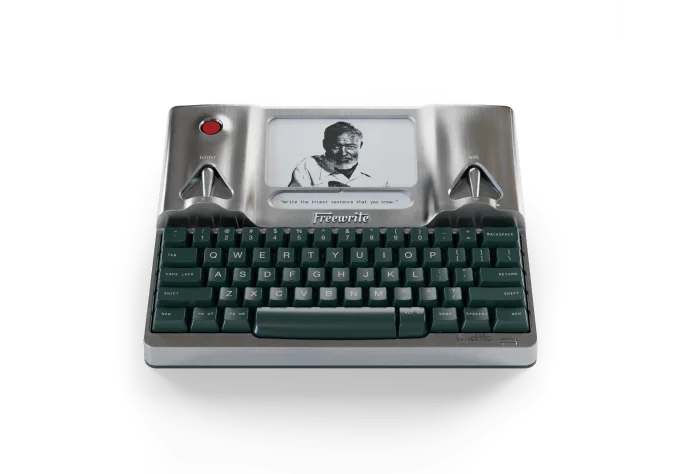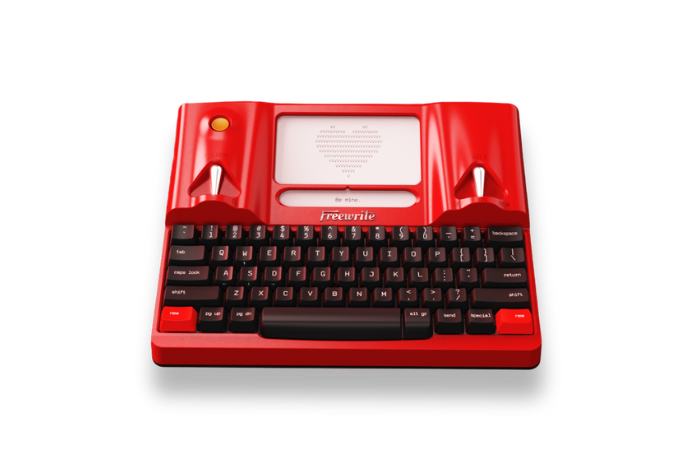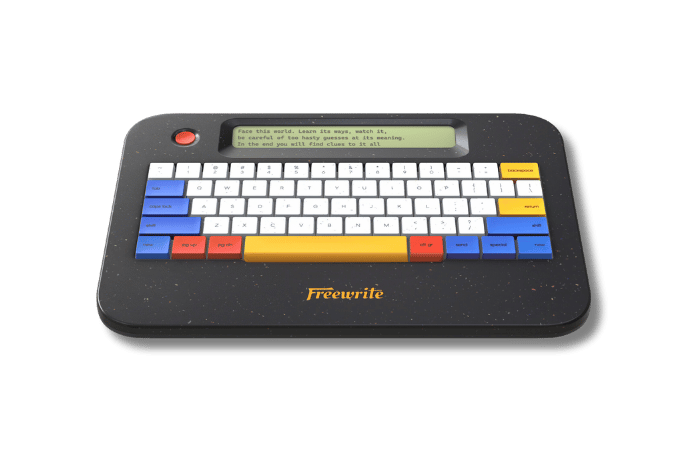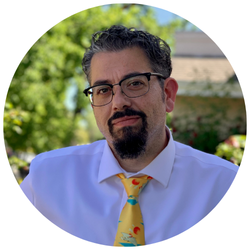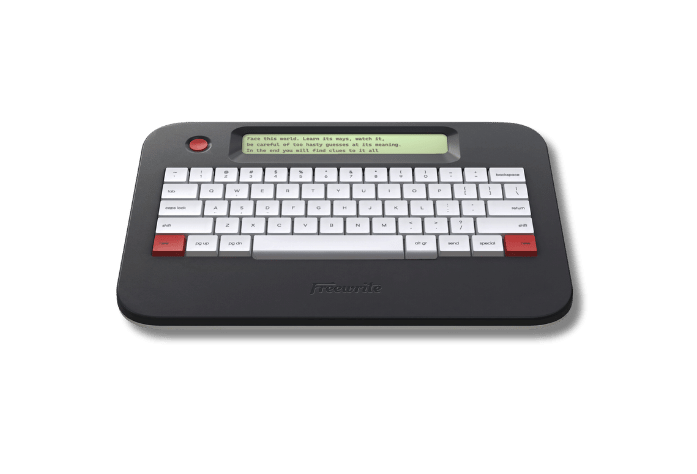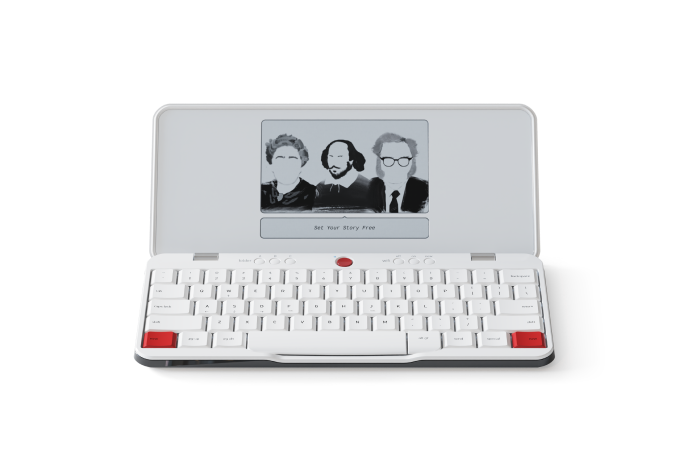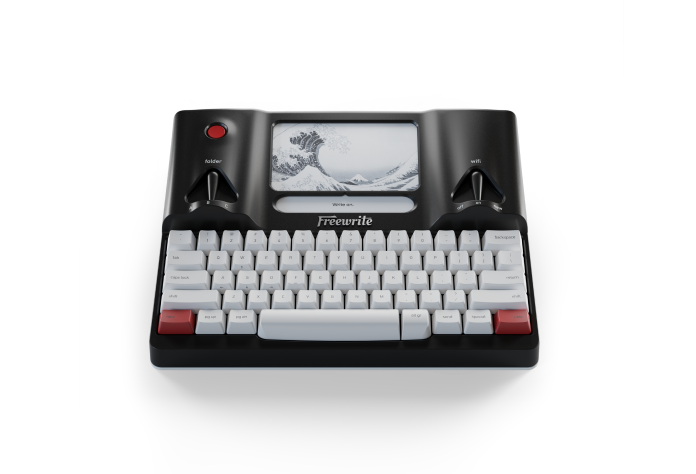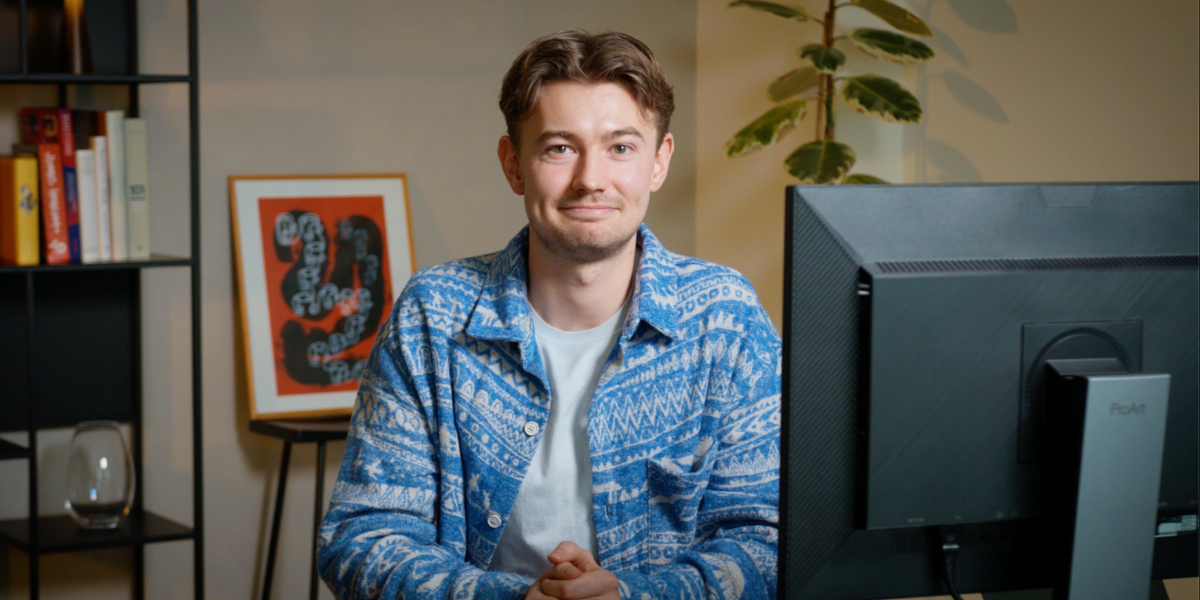There’s an age-old debate about the superior version of a story: Is it the book or the movie? Most readers and far too many writers will default to the idea that “the book was better.”
But was it? Was it really?
Let’s be honest: books and movies are different kinds of storytelling media. They both have different intentions and narrative requirements. So why are we so intent to compare the two?
People who consume stories and don’t make them might not intuitively understand the differences in how stories are told. They looked to which one gave them the deeper or longer lasting experience, and while it might take a full week or a month to luxuriate in the prose of a novel, a movie version of the same story will blow by in just a couple of hours.
But does that make the movie version inferior?
Recently, filmmaker Bobby Miller talked to Freewrite and explained that adaptations must function as a movie first and work to satisfy the themes of the book second. "If you're a slave to the book, it just creates a limp film.”
And I think he’s absolutely right.

Different Media, Different Story
Films and novels have fundamentally different story requirements and expecting one to do the job of the other is a path that leads to madness and casually exclaiming, “Well, you know, the book was better,” in order to look like some sort of deep thinker.
In reality, it’s a very good thing they’re different.
At the highest level, film is primarily a visual medium, where the juxtaposition of images is used to tell a story. The primary function of a novel is the interior monologue of a character, or their feelings at a close level that replicate that monologue. Films that have persistent voice-over aren’t popular, and when books are primarily pictures, we think of them as being for children. Graphic novels are the best hybrid, a great intermediary that fits into the gap between film and prose.
So why do we try to tell stories from one medium and plant it into another?
Well, because we feel different things and consume stories in different ways based on the medium.
That’s like wondering why an artist might choose watercolor over blocks of marble. They’re both going to create an image, but they’re going to have a different effect. They may have the same meaning, though, no matter the medium.

Doing It Justice
As you’re watching a film based on a novel, too many folks ask themselves, “Did this do the novel justice? Did it have all of my favorite moments from the novel?”
And those are the wrong questions.
Instead, you need to ask yourself:
“Did it make me feel something? Was it similar to the feeling of the novel?”
And if the answer is yes, you’re watching a good adaptation — even if they axed your favorite scene, or combined two characters into one, or skipped past that opening you thought was going to be amazing.
Let’s take a look at a few things that often get changed in adaptations with real-life examples and explore why the constraints of each medium necessitate those changes.

Misery
Our first example comes from Stephen King’s Misery. For those who don’t remember (because surely you’ve all read this masterpiece), Miserytells the tale of Paul Sheldon, a romance novelist who has just finished his latest opus, which just so happens to kill off his famous character, the titular Misery.
After a car accident in the snow, Sheldon is rescued by Annie Wilkes, a nurse and Misery’s number-one super fan. As Wilkes reads the manuscript, she becomes increasingly unhinged and traps him in her apartment, torturing him into writing a new Misery book instead of the “cockadoodie” one he just finished. It’s a tense fight for survival and the completion of the book.
Miseryis often hailed as one of the best book-to-movie adaptations. The screenplay work was done by the great William Goldman (who is always worth studying), and the film was directed by Rob Reiner. James Caan played the part of Paul Sheldon and Annie Wilkes was played by Kathy Bates.
There were definitely folks who felt like the book was better because it did things the movie couldn’t, but what purpose would it have served in the movie? One of the powerful narrative tools Stephen King used in Miserywas cutting into the actual text of the Misery novel-within-a-novel. Utilizing a different font (and hand-written letters to simulate the missing key Paul had to contend with) we were treated to delightfully purple pages of romance novel prose from the master of horror. In the book, they worked perfectly, since we’re able to see the layers of symbolism in the meta-events themselves.
But how would you have done that in the movie? Cast actors to reenact them? Have Paul read the passages out loud? Or do what Goldman did and just skip them? It doesn’t make the movie better or worse — just different.
Another major change came during the “hobbling” scene. The book and early drafts of the screenplay have Annie chopping Paul’s feet off. That level of gore might not be so believable on screen — and cause a reaction much harsher than intended. In a book, it’s much easier to suspend your disbelief and your own mind offers up the level of gore you can handle.
For some booklovers, this choice felt like a copout. But I argue it worked for the tone and narrative of the film.
No one would argue that Misery,in both forms, told the same story and explored the same tensions, they just did them in different ways. Both valid and powerful.

Princess Bride
Another William Goldman adaptation worth talking about is The Princess Bride.He wrote both the book andthe movie, and you will hear people talk about how the book was better, even though the movie is an unadulterated classic.
One secret about writing books and adapting them to film that no one tells you is simple: money. You have an unlimited budget to create scenes in the book, but production logistics are a huge consideration for film.
In The Princess Bride,what use would it have been to write all 50 levels of the Zoo of Death into the screenplay when they would only have the money to build the one torture chamber in the tree?
The realities of production are something that naturally force choices in filmmaking. Maybe the movie didn’t have the money to make it as grandiose, but who isn’t still moved by Westley’s death scene, even though it’s not at the bottom of the Zoo?
When people say the book was better, what they’re often really saying is that it had a larger budget — because our imaginations don’t have those constraints. Don’t fall into that trap.
Another thing movies will do is streamline the narrative in a way that fits the overall story better, even if it isn’t the way it was in the book. You all remember that William Goldman was himself a character in the book, right? It’s easy to forget that we spend the first hundred pages with him trying to just track down a copy of the book. And the asides aren’t from some doddering grandfather, but Goldman himself, making snarky commentary on S. Morgenstern’s manuscript.
It’s a narrative device used to bridge scenes and skip past stuff that might be too tedious or not make enough sense. Goldman preserves the device in the movie with Peter Falk’s grandfather character, reading the book to his grandson. Yes, it’s different; no, it isn’t thematically identical; but it does serve the same function as a narrative tool.

Other Streamlining
One reality of movies is that they are much, much shorter than novels. A novel might be 80,000 to 120,000 words or more. An average screenplay is around 30,000. Granted, the pictures will be telling the bulk of the story, but you still have a lot less narrative runway.
The incredible novelist and screenwriter Graham Greene adapted a number of stories for Carol Reed and other filmmakers, but he said once that the only adaptation he really enjoyed was The Fallen Idol —because it was based on a short story. Alfred Hitchcock’s Rear Windowfelt the same way. It’s curious no one ever complains about the adaptations of short stories!
Common methods of streamlining novel-length narrative is to combine characters or plot points. In Neil Jordan’s adaptation of Graham Greene’s The End of the Affair,he combined a number of plot ideas across three characters into one character, Father Richard Smythe, played by Jason Isaacs. When you have so little running time, combining them into one character we can spend more time with is a very elegant solution.
You’ll also notice when scenes are cut or compressed for time. There’s a reason Peter Jackson compresses the narrative in the beginning of The Fellowship of the Ring.In the novels, Frodo is in the Shire with the ring, living a lazy life for decades. J.R.R. Tolkien can keep the narrative suspense over a few pages, but on screen, that much time passing would lack the urgency film needs. Forcing Frodo to leave the Shire that very nightmade everything feel like an emergency.

Bad Adaptations
Of course, there are movies we can all look at and say, “Yeah, that didn’t work as a film.” And there are two extremes where that happens.
The first is when the movie is tooslavish to the book, and the adaptation makes no choices. Because it’s included everything and the kitchen sink, it doesn’t work as a movie. For example, Harry Potter and the Philosopher’s Stoneand Watchmenare both excellent visual representations of the book, but both lack the narrative excitement that made their source material amazing. They do nothing to elevate it.
On the other end of the spectrum, you have movies that just go so far away from the source material it’s hardly recognizable. The Gunslinger, based on Stephen King’s The Dark Tower, comes to mind, as well as Artemis Fowlor Eragon.
There are ways to change the source material and still adapt a masterpiece. It comes down to matching the spirit of the book rather than the details. See Who Framed Roger Rabbit?, The Godfather, and The Shining.
Jurassic Parkis another great example of a wonderful adaptation in that regard, and Jurassic Park: The Lost Worldis a great example of a terrible one.

Adapting Your Own Work
In adapting my own work, like Graham Greene, I found it easier to move from the smaller story to the larger one. It felt easier for me to expand a screenplay into a full-length novel and then revise both to keep their spirit.
I teach a class for Writer’s Digest in which students watch movies to learn how to be better writers, and I do an entire lesson on how you can train yourself to separate the movie narrative from the book narrative.
Part of that is just reading a lot of books and watching the movies they were adapted from, and watching a lot of movies and reading how writers handled their adaptations.
I’ll leave you with a few great examples. Read and watch them to see what makes them work.
You’ll be an expert in no time.
Read/Watch List
- The Prestigeby Christopher Priest (2006, d. Christopher Nolan)
- The English Patient by Michael Ondaatje (1996, d. Anthony Minghella)
- A. Confidentialby James Ellroy (1997, d. Curtis Hanson)
- Jackie Brown— based on Rum Punch by Elmore Leonard (1997, d. Quentin Tarantino)
- Fight Clubby Chuck Palahniuk (1999, d. David Fincher)
- American Psycho by Bret Easton Ellis (2000, d. Mary Harron)
- THX-1138(1971, d. George Lucas) and novelized by Ben Bova

